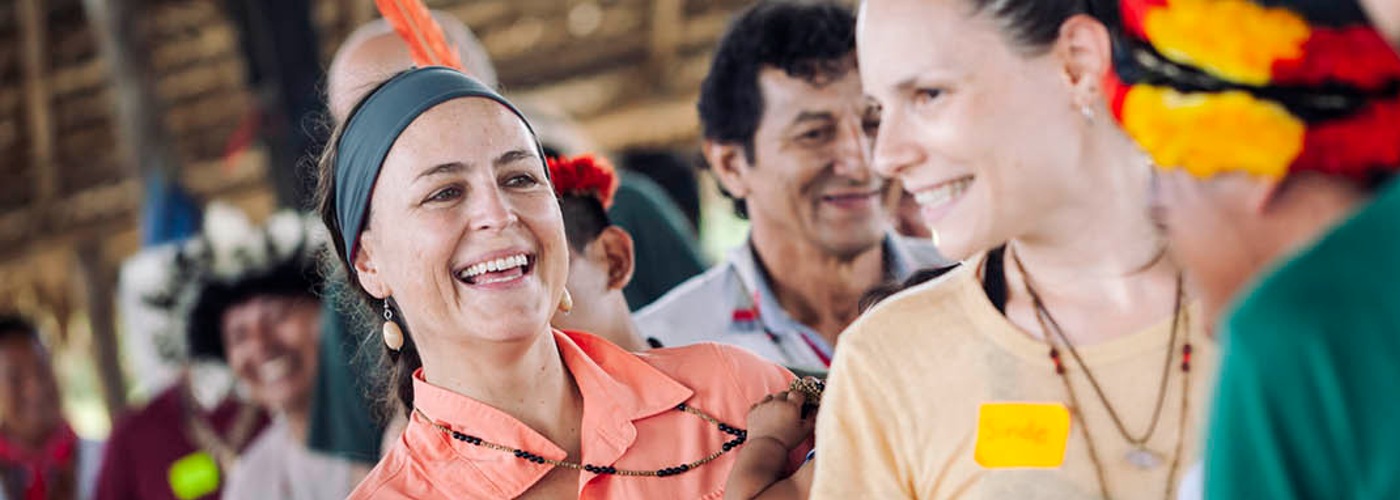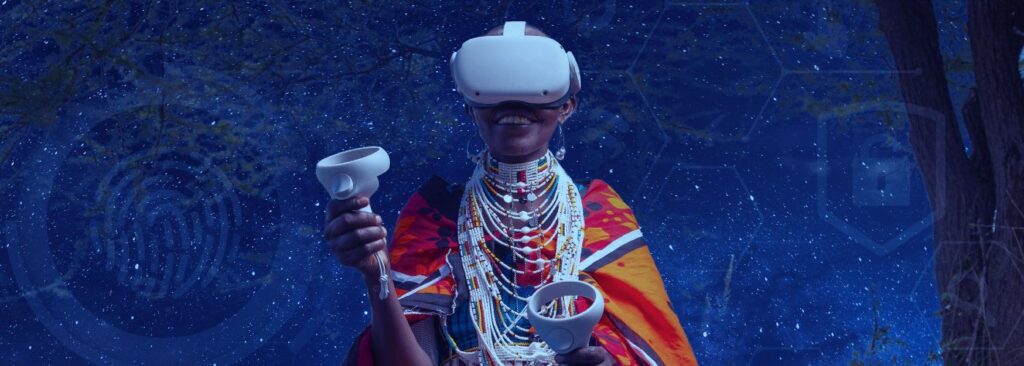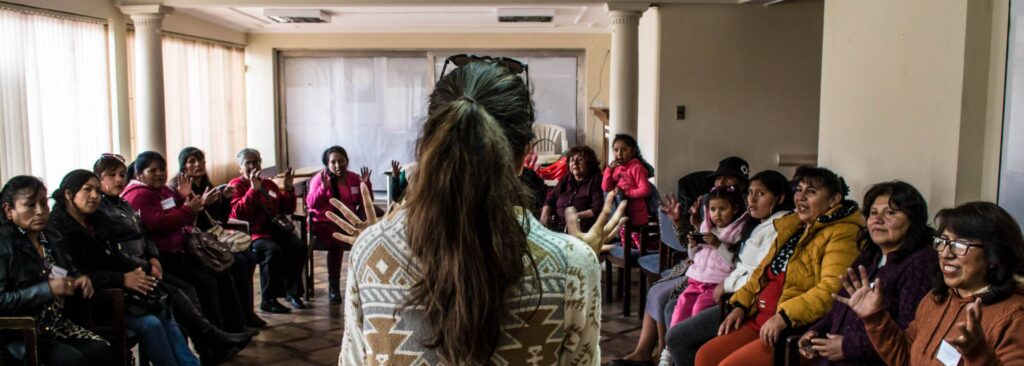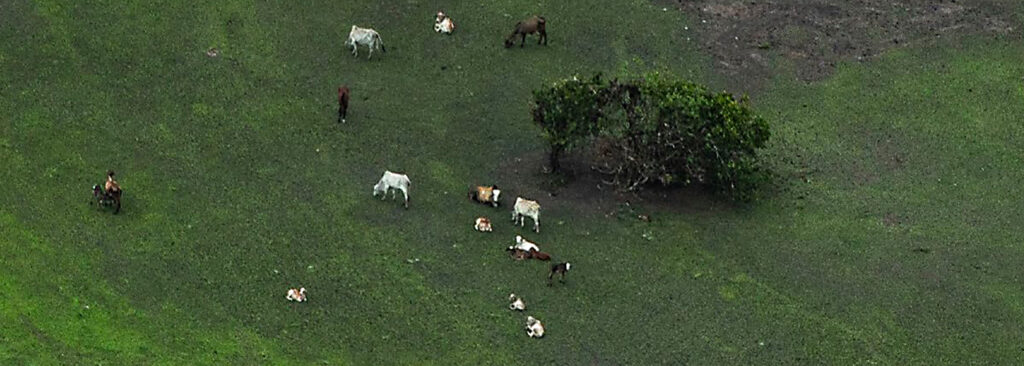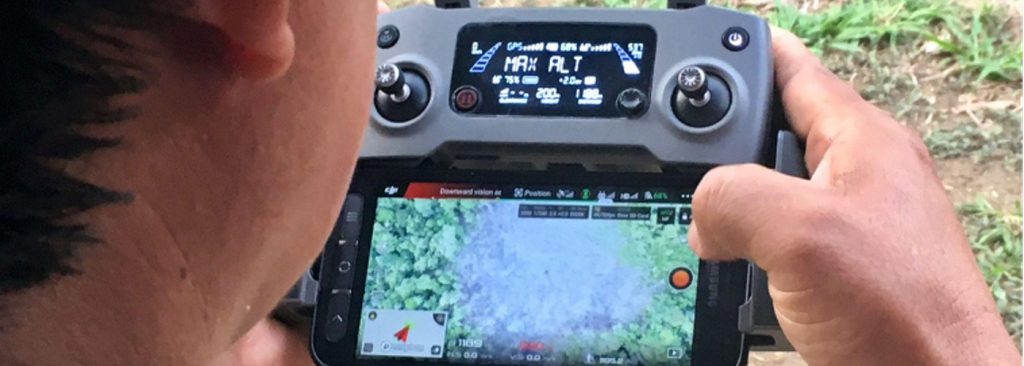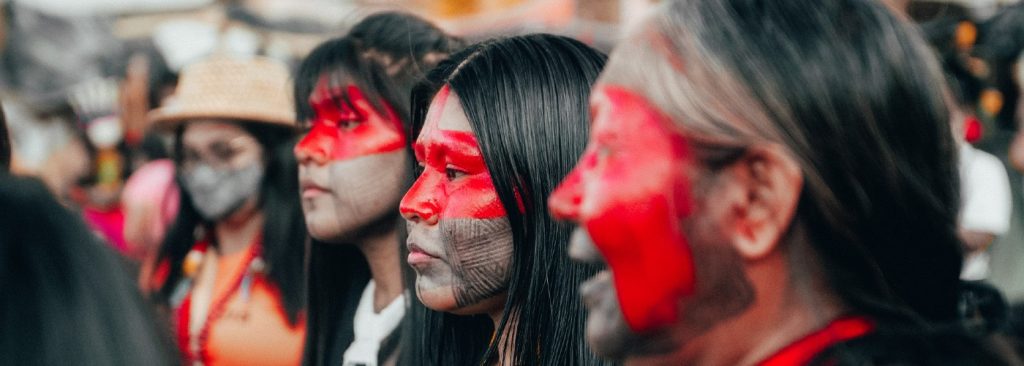People often feel that climate change is difficult to grasp and relate to. I have heard that it’s “too technical, too intangible, or too complicated” for us to care about. As a Latin American mother of two, I confess that for me, relating to climate change is becoming ever more simple. All I do is try to imagine the world my kids will live in in 2050 if we don’t do anything now, and I immediately understand the urgent need for bold, transformative global climate action.
The IPCC WGII report on Impacts, Vulnerability and Adaptation, released on February 28, gives us all a clearer picture of where we are now and what that future may look like. After reading the Summary for Policy Makers and different sections of the report, I tried to imagine what its findings would mean for my daughter Maya’s life. Maya is a six-year-old who lives in Quito, a city in the Andean mountains. She will be 35 in 2050, and she wants to be an explorer.
The IPCC report, which has been described as “an atlas of human suffering” by UN Secretary-General Guterres, and a “reality check” by IPCC’s Debra Roberts, taught me the following.
Maya’s present:
- As an Ecuadorian girl, Maya is more vulnerable to climate change. Gender and other social inequities (including race, age, and geographic location) increase her vulnerability and determine her ability to adapt to current and future impacts.
- Like 3.3 to 3.6 billion other people in the world, Maya and our family live in a vulnerable country. Currently, around 40 percent of the global population lives under circumstances – like poverty, inequalities and weak governance frameworks – that make people more vulnerable. Differences are such that death rates due to extreme weather events are 15 times higher in vulnerable regions.
- Since Maya was born, she has witnessed bad droughts and fires in the Amazon forest, rapid glacier retreat in the Andes, and the loss of lives and infrastructure due to large landslides in Quito.
Maya’s future:
- Even with a 1.5ºC average temperature rise, which is what governments have agreed upon as “safe,” the population affected by floods in Ecuador will increase by 300 percent.
- If she stays in Quito, Maya may experience water shortages because of our city’s high dependence on high altitude ecosystems – páramos – and glaciers for drinking water and hydric balance.
- Maya may also be more exposed to dengue, malaria and other vector-borne diseases. Due to changes in temperature and precipitation, mosquitoes like Aedes aegypti will spread to places they couldn’t survive in before.
- Even if she does become an explorer, Maya may never see a living coral reef or study frogs in the Amazon rainforest. Rising water temperatures and more extreme weather events are putting coral reefs at high risk, and deforestation and forest fires are threatening to turn the Amazon into a savannah.
I confess that reading the IPCC WG2 Report has filled me with sadness, anxiety and anger. However, as my friend Natalie said recently, “This is reality shock, not game over.” While some losses and damages caused by climate change are already irreversible, there is still “a brief and rapidly closing window of opportunity to secure a live-able and sustainable future for all” according to the IPCC’s closing statement. So faced with such urgency, all I can do as an individual and as part of Hivos is turn my feelings into actions.
Maya may never see a living coral reef or study frogs in the Amazon rainforest.
So, what does climate action look like to us?
The IPCC report on Impacts, Vulnerability and Adaptation reaffirms the basic premise of our Climate Justice work: we need to put justice, equity and human rights at the core of global climate action. This can only be done by focusing climate action on the priorities and agency of those disproportionately impacted by climate change. In our view, achieving climate resilient development calls for work in three main areas.
1. Building political power and influence:
The IPCC highlights the key role of inclusive governance in achieving more effective and enduring adaptation outcomes and enabling climate resilient development. As Hivos, e.g. in our All Eyes on the Amazon program, we work to bring diverse rightsholders and movements together so they can pressure governments and the private sector, engage in climate change decision-making processes, and hold duty bearers to account. This includes work in movement building and advocacy from local to international levels, with a special focus on women, youth, Indigenous peoples and the urban poor.
2. Redirecting financial flows towards climate resilient development:
Equitable access to climate finance, technology, and markets enables adaptation and climate resilient development. Through programs like Voices for Just Climate Action, ENERGIA and Green Works, we support programmatic and policy engagement to ensure just climate action around: i) influencing the global climate finance architecture so that it adequately and fairly supports the people and communities most affected by climate change (prioritizing adaptation); ii) promoting investment and job creation in local climate and clean energy solutions driven by women, youth and marginalized groups in the Global South.
3. Inspiring and mobilizing civic action:
Public and political awareness of climate impacts, risks and their links to social justice are the foundation of adaptation and climate resilient development. In the midst of disinformation, knowledge gaps, and multiple crises, we work with diverse voices and movements to reshape climate narratives at local, national and international levels. We look to invest in strategic communications targeting popular culture and amplifying diverse rightsholders’ voices to drive transformative climate action.
Hope and simple actions driving change
Today, I asked Maya to tell me how she sees her world when she’s 35. “I imagine more blue rivers, a lot of rainbows, and I see myself surrounded by many animals. I also want to work at my school,” she said. Her words, her dreams, and her ability to connect with nature give me hope every day. Besides my work at Hivos, I also try to drive change as a mom and a member of my community. I feel that doing some simple things can help. I talk to my family and friends about the climate crisis and its impacts, I teach my kids to listen to – and care about – the most marginalized and vulnerable groups, and I guide them on their way to becoming political actors that can demand change. As a family, we also try to minimize our impact on the environment and explore and enjoy nature as much as possible. In this way we’re not letting the window close on Maya’s future explorations of a live-able and sustainable world.


